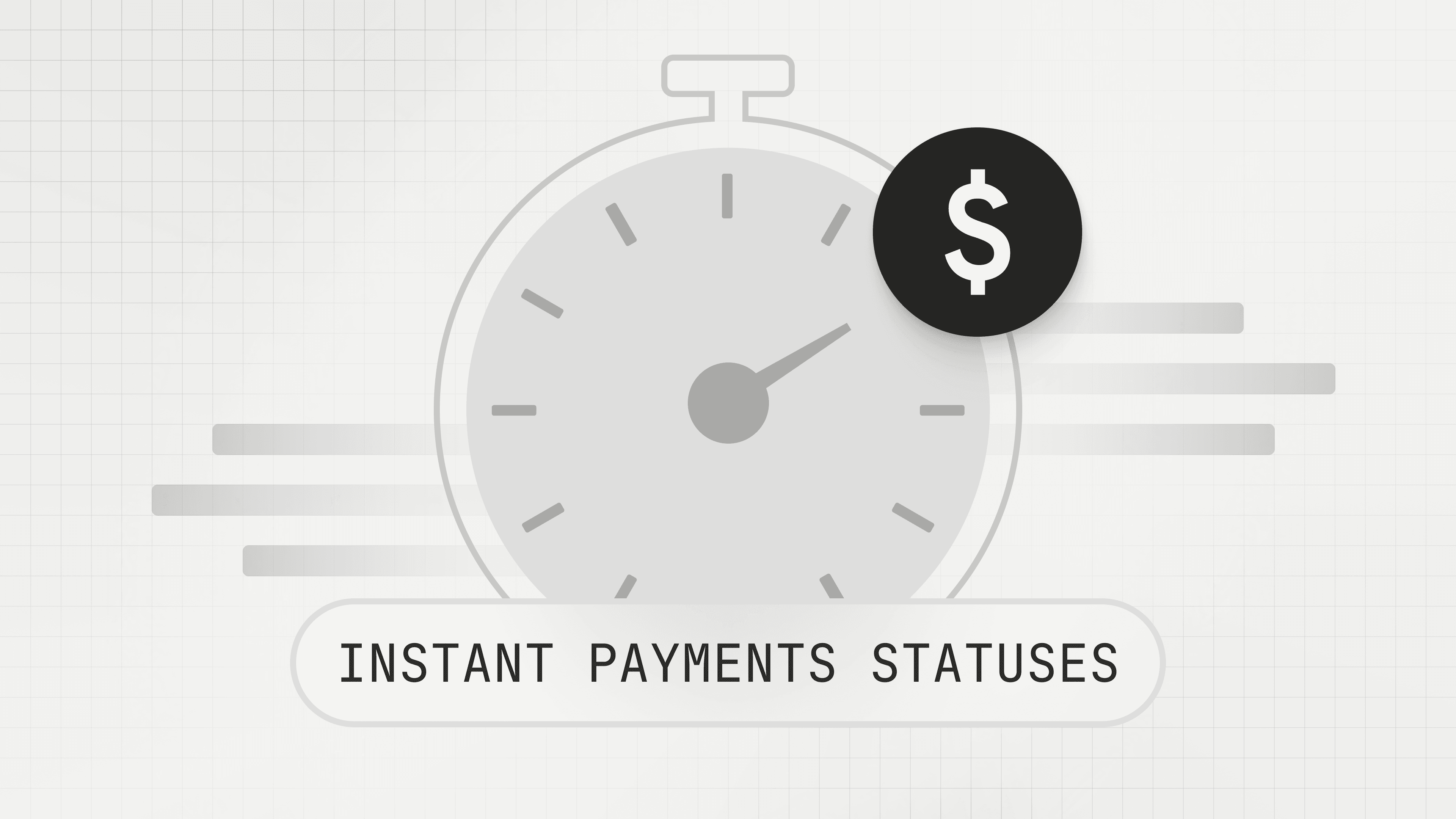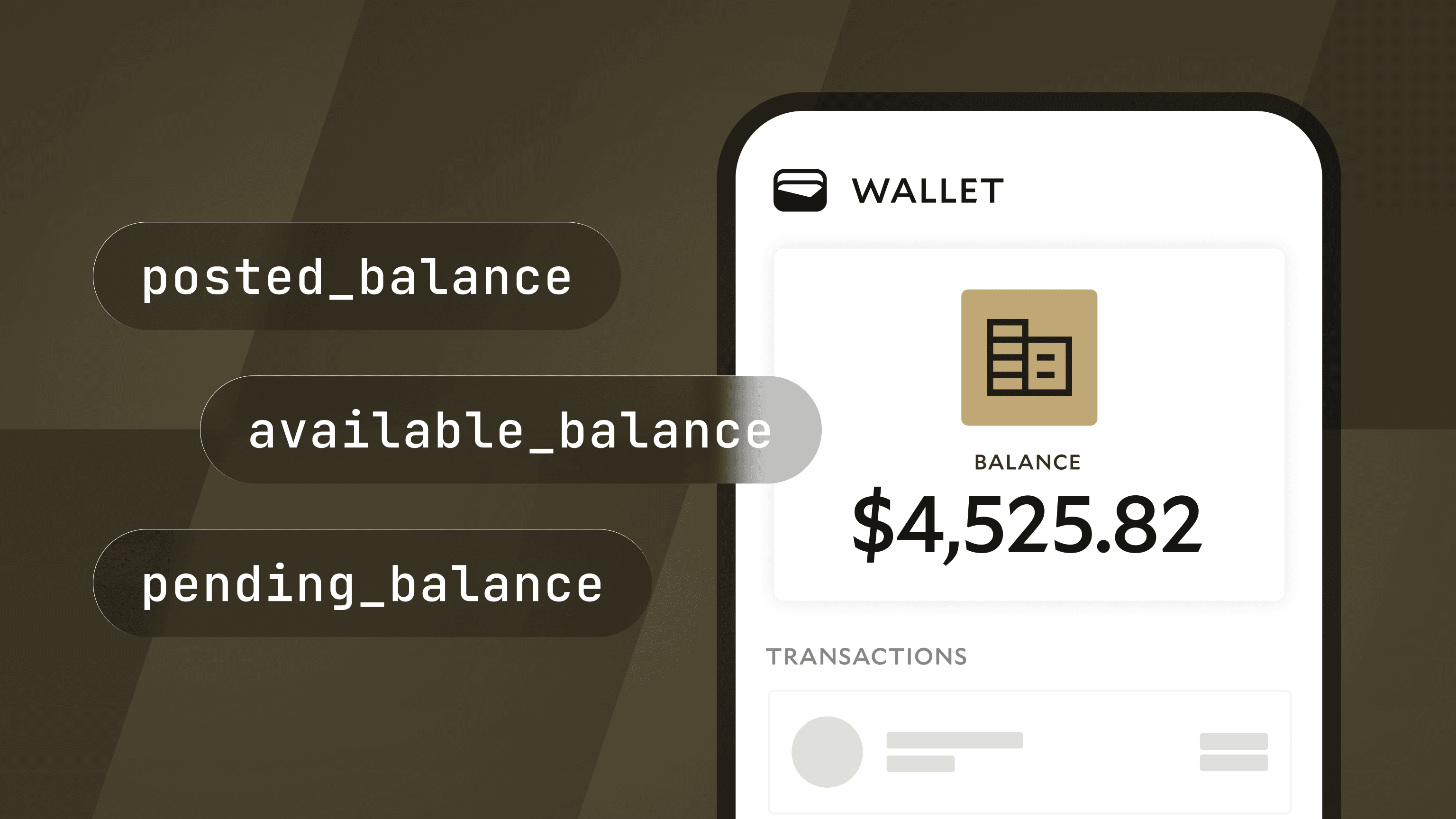Social Media Myths About FedNow
Learn the truth behind six popular social media myths about FedNow, the newest US payment rail set to launch in July.

With FedNow’s upcoming release, social media posts on TikTok, Instagram, Twitter, and elsewhere have generated considerable buzz. People are worried about what this new payment rail will mean for the future of money movement and also payments in our daily lives. Recent headlines—privacy breaches, crypto scandals, and bank failures, for example—haven’t helped to calm these anxieties. Let’s take a look at six myths circulating about FedNow and drill into why they are false.
1. The End of Cash
Myth
Many online posts tout the rise of digital payments as a threat to everyday cash payments at places like restaurants or stores. This fear syncs with a larger worry that paper transactions will disappear entirely.
Cash use has already declined to 20% of payments and continues to decline every year—a new national system like FedNow could decrease cash use further. People’s fears originate from seeing a large-scale change after decades and fearing it’s a move designed to reduce their privacy and control.
Reality
While it is true that cash use may decline as a result of FedNow, the government isn’t taking any new measures to reduce or prevent cash payments. Businesses that accept cash will likely continue to do so in the near future. Still, FedNow will ideally increase convenience and reduce transaction fees for merchants that have traditionally paid up to 3% for card purchases.
This could be a significant boon for small businesses and restaurants that traditionally had a cash discount or were cash-only to avoid fees. New payment rails don’t have to kill off other forms of payment. As Modern Treasury co-founder and Chief Technology Officer Sam Aarons told , “Payment systems never die, they just change and find the niche they are really good at.”
2. The Launch of a US Digital Currency (USDC)
Myth
The fear of cash payments disappearing is linked with speculation regarding a new digital currency launched by the government. Consumers are used to seeing money in terms of digital balances on phones and websites. The act of sending money is also less and less a physical paper exchange.
Still, consumers expect that at an ATM, physical money can be withdrawn that is theirs to keep. In addition to privacy concerns, a digital currency plays into fears derived from common experiences with modern technology: being locked out of accounts, money transfers that are blocked for inexplicable reasons, and hours spent dealing with customer service lines, for example.
Reality
USDC isn’t part of the FedNow system and is completely unrelated. Although the Federal Reserve has been researching the viability of a similar system called CBDC (Central Bank Digital Currency), CBDC has not inspired policy-level changes or been slated for implementation any time soon.
Because both FedNow and CBDC have been mentioned in news about the Federal Reserve, the confusion is understandable. Still, there is no connection. In fact, given the release of FedNow, the US government might have even less of an incentive to pursue a CDBC.
3. The Expansion of Blockchain
Myth
Blockchain technology has dominated financial news for more than a decade, with many historic rise and fall cycles as well as news about mismanagement, fraud, and high profile bugs that impacted consumers. Due to cryptocurrency’s popularity as a form of digital instant payment, social media posters have assumed that FedNow is backed by a blockchain network or related to crypto.
Reality
FedNow uses conventional payment rail technology and does not use blockchain in any form. This new payment rail will be similar to how systems like ACH and wire transfers work, with banks coordinating instructions using the framework provided by the Federal Reserve, settling funds as transactions occur. Blockchain technology is designed more for scenarios where adversarial actors can’t be trusted—the current system with the Federal Reserve doesn’t face this kind of restriction.
4. Bank Failures related to the FedNow Pilot Program
Myth
Recent bank failures have shaken public confidence in smaller banks within the banking sector and dominated the discourse around banking policy as people across social media try to pinpoint missed warning signs.
Since two of the highest profile banks involved were part of the pilot program for FedNow announced in 2021, people have questioned if this connection to FedNow is, in part, why the banks failed. In a time when both businesses and consumers are worried about the safety of their bank deposits, the enrollment of almost every major bank in a system that could add risk has contributed to concern.
Reality
Although a new payment rail could potentially complicate banking operations, it has become clear that recent failures resulted from a mix of complex factors unrelated to FedNow. This rumor confuses correlation for causation. Additionally, the 2021 pilot started with 110 banks of which only two banks have failed. In fact, even SVB and First Republic Bank have persisted under new parent organizations that are primed to support both traditional and instant payment systems.
5. An End to the Gold Standard
Myth
A new government-backed digital payment rail has inspired worry about the death of a safeguard that limits cash supply—the gold standard. In tandem with recent inflation, people are concerned that the national economy will spiral even further out of control when money is less tangible and can be continually issued out of nowhere. The tradition of circulated money being tied to something physical is comforting and believed to slow devaluation.
Reality
This myth is a bit of an outlier from the preceding ones because the gold standard actually concluded a long time ago. Beginning in 1933 with policy by President Roosevelt and fully phased out in 1971 by President Nixon, the end of this system followed similar changes in other developed countries.
Inflation aside, people are mainly afraid of money that can be created out of thin air. This isn’t actually possible since FedNow is managed by the Federal Reserve. The Federal Reserve controls the total money supply in the United States. Volume changes only result from careful consideration of various macroeconomic factors—interest rate changes and the printing of money are decided by the Treasury Department.
6. Major Disruptions to the Economy
Myth
Because FedNow is the first new US payment rail in fifty years, some people fear their money, and even the systems they use on a daily basis, could break as a result of this “experiment.” While FedNow is indeed novel and could have a large impact on domestic payments, there is ample precedent for the new technology going well. In recent years, both RTP and Zelle have successfully provided direct, small-fee, real-time bank payments between accounts. Despite relatively limited networks, both RTP and Zelle have rapidly grown every year without many of the problems some people expect from FedNow.
Reality
Rapid digital payments aren’t even new to the US—credit cards, debit cards and wire payments have large daily volumes in the US that continue to grow. On a global scale, faster payments similar to FedNow have been successfully rolled out in 56 different countries. The US is simply the newest member to join the club.

FedNow: Deriving Real Value with Modern Treasury
It’s true that FedNow is a significant change and fear about the wide-reaching impacts of new systems makes sense. Luckily, the development and launch of FedNow has been carefully planned and managed to benefit multiple parties, especially consumers.
That said, this major shift will only be possible if companies make the right arrangements soon. Modern Treasury was founded to help businesses seamlessly manage payments for years to come—and we’re well-prepared to get your business set up for the next era of faster payments technology and innovations like FedNow. Reach out to learn more any time.
For more information on FedNow, check out these resources:








